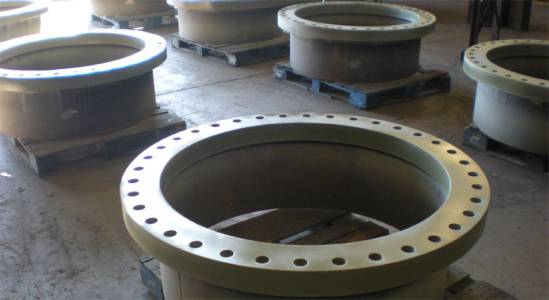
Pipe flanges are essential components in piping systems, providing a robust and reliable method for connecting pipes, valves, and other equipment. They offer a superior alternative to threaded or welded connections, especially in high-pressure or high-temperature applications, allowing for easier disassembly and maintenance. This guide details the various types of pipe flanges, highlighting their key features and applications.
Understanding Flange Classifications:
Pipe flanges are categorized in several ways, primarily by their:
Selection Criteria:
Selecting the appropriate flange type involves considering several factors:
This information serves as a general overview. Specific flange types and their applications are detailed within relevant industry standards (ANSI, ASME, etc.) Always consult appropriate standards and engineering specifications when selecting flanges for a particular piping system.